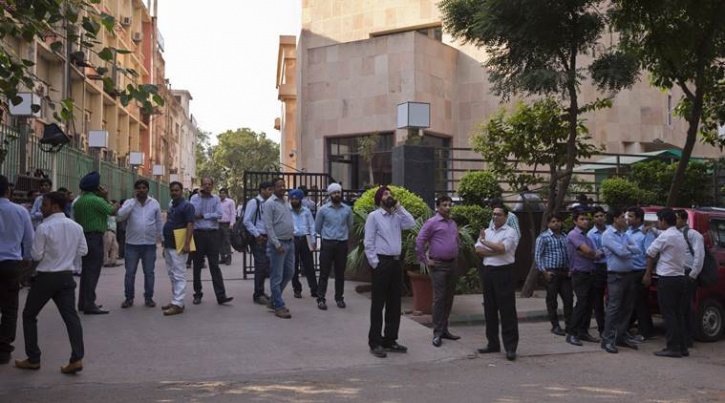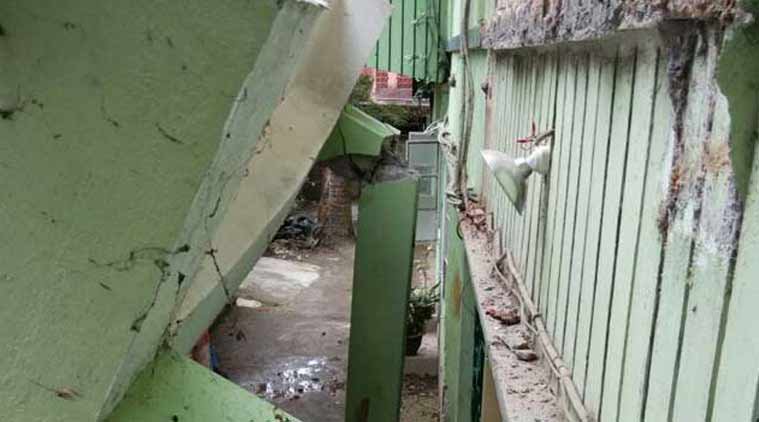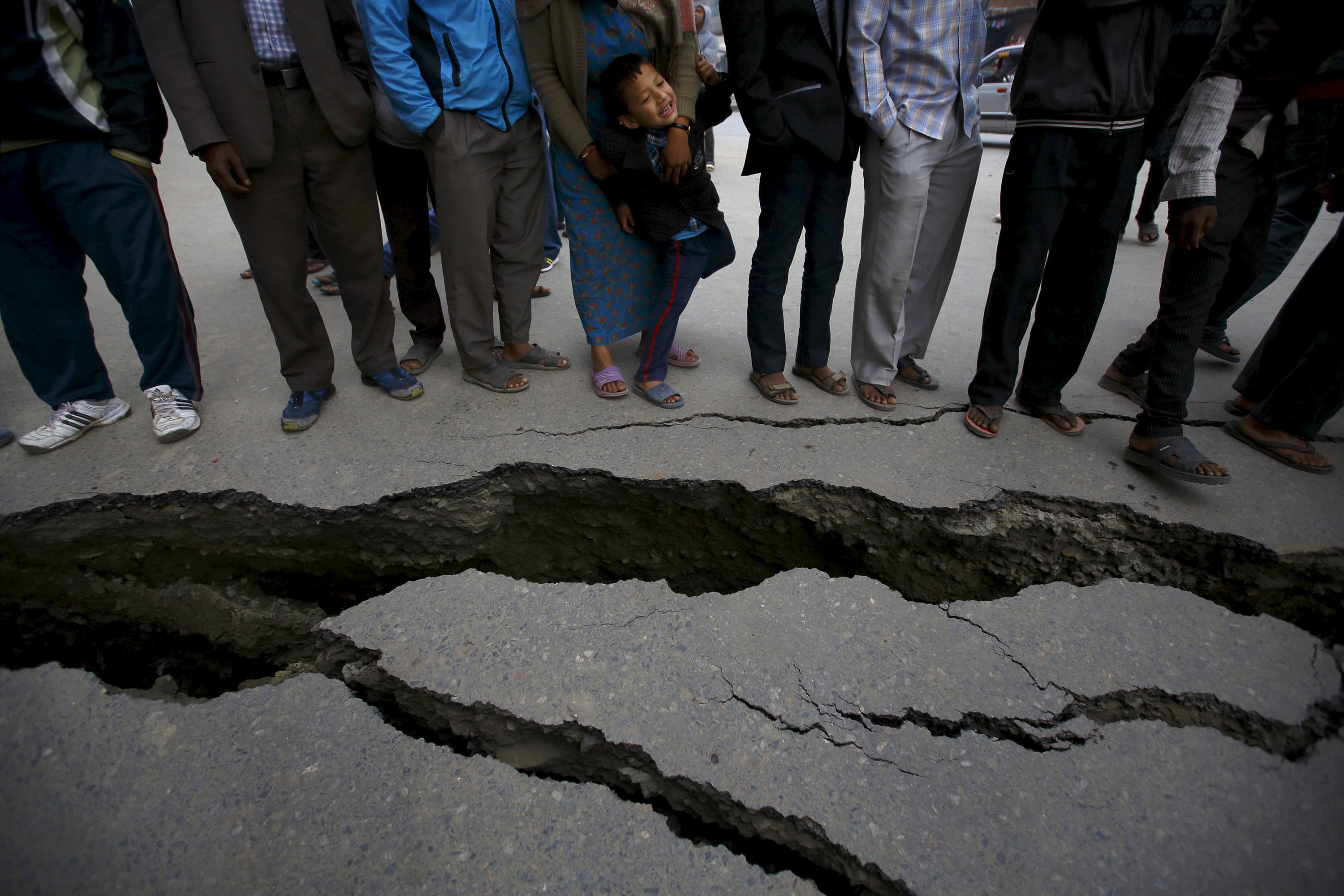On Thursday, a medium intensity earthquake measuring 4.4 on the Richter Scale shook the national capital and neighbouring Haryana around 4:30 am in the morning.
According to the National Center for Seismology, a unit of Ministry of Earth Sciences, it was epicentred near Delhi-Haryana border.
The earthquake had a depth of 10 kilometres and there was no immediate loss of life and property reported from anywhere in the city.

It is not the first time that the national capital was hit by an earthquake. In August, an earthquake measuring 3.5 on Richter scale hit Haryana with tremors felt in the national capital and neighbouring areas too while in April an earthquake with a magnitude of 6.6 struck South Asia, shaking buildings in Pakistan, Afghanistan and India.
There may not be a major loss to property and life reported in the multiple incidents but the question that rises with every earthquake is “how safe the national capital is”?
Speaking to ScoopWhoop over phone, Dr. Vineet Kumar Gahalaut, Director at National Centre for Seismology, said,” The epicentre for the earthquakes that Delhi faces is in Garhwal region and the maximum number on the Richter scale is 6. The tectonics are not conducive of producing a big earthquake.”
He explained that the chances of the national capital region facing big earthquakes are very low and rubbished the notion that the frequency of earthquakes has increased in the recent years.
However, Delhi is affected by the presence of earthquake epicentres in the Himalayan region, Hindu Kush region in Pakistan and Nepal.

But the other relevant question that arises is “how prepared are the buildings in Delhi” to stand against the earthquake tremors.
To have a better idea on that, we spoke to Dr. Chandan Ghosh, Professor Head of the Geo-Hazard Risk Management Division, National Institute of Disaster Management, who said,” There were guidelines set up in 1962 under Indian Standard Codes for buildings which were updated from time to time till 2016 but hardly anybody follows it.”
Dr Ghosh says that there are certain specifications of materials like stone chips, cement, pipes and water exists but the chalta hai attitude is leading to construction of substandard buildings which will not be able to withstand earthquakes that are reported frequently. Hardly 10% of the reinforcements(building materials for earthquake resistant buildings) are available in the country which too is a major reason for worry, he added.

He also said that the whole industry has been overpowered by hooligans who are compromising with the standards of the material used in the construction of buildings. It is difficult to find out whether the guidelines are followed or not after the construction is over, he added.
According to the safety manual of the National Institute of Disaster Management, in metropolitan cities, the managements of cinema theatres, malls, auditoria, community facilities, etc., are supposed to develop plans for ensuring public safety in the event of an earthquake. Emergency managers are to be designated, trained and given charge of implementing emergency response activities. Mock drills should be conducted, to test the earthquake response capacity, in these buildings periodically, and at least once in six months. Needless to say, none of these guidelines are followed.
The national capital region is located in seismic zone 4 and almost 80% of the national capital’s houses do not have the capacity to tolerate an earthquake beyond a magnitude of 6. To put things into perspective, the magnitude of the earthquake that shook Delhi during Nepal earthquake was 7.8 in the Richter Scale. Maybe, it’s high-time we took stock of the situation.

















